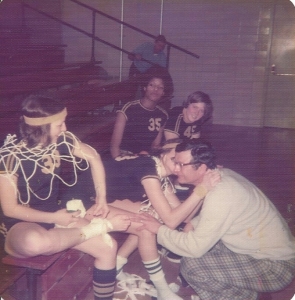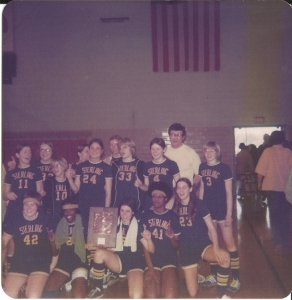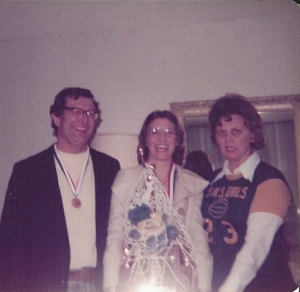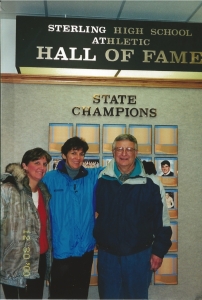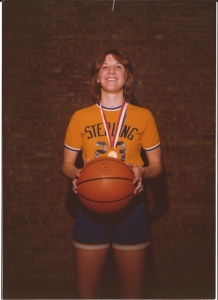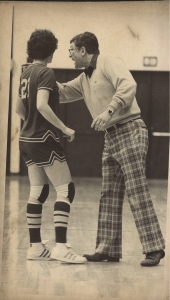 No more. Enough. Stop senseless tragic school shootings. Since 2013, there have been nearly 300 school shootings in America — an average of about one a week.
No more. Enough. Stop senseless tragic school shootings. Since 2013, there have been nearly 300 school shootings in America — an average of about one a week.
Yet in the aftermath of the horrific massacre in Parkland Florida, our leaders still refuse to discuss changing gun control policy to protect our most vulnerable citizens – American youth.
When did sending your child to school become as dangerous as playing Russian roulette?
To Europeans, the solution to America’s gun violence seems like a no-brainer. Fewer guns in circulation equals less gun fatalities.
In hindsight experts analyze the red flags, and suggest school personnel should have recognized the warning signs, which is like passing the responsibility for the crime to the victim.
The students and teachers at Marjory Stoneman Douglas High School practiced code red lockdown drills, took proper precautions and followed safety measures, but no training can prepare one to intervene at the right instance to prevent another tragedy. Human nature is too unpredictable.
Do we really want to turn our schools into gated fortresses patrolled by armed guards?
We cannot eliminate violence. We cannot eradicate mental illness. We cannot foresee the exact instance when a troubled teen tips to the dark side.
But we can do more to keep guns out of the hands of children.
Other nations have done so successfully. In May 1996, just weeks after a deadly shooting in a shop in Port Aurthur Tasmania, Australia enacted a nationwide gun law reform. Since then mass shootings dropped to zero. Like Australia, Great Britain enacted some of the world’s strictest gun-control measures following mass shootings in the late ‘80s and ‘90s to curtail violence.
Part of the American dichotomy baffling Europeans is our obsession with the 2nd amendment – the right to keep and bear arms. Back in 1791, when the constitution was drawn up, this amendment made sense considering the political situation and risks faced by our young nation. That logic makes no sense today.
What kind of world are we creating when people feel a need to carry a gun to the grocery store, corner cafe, and local school for safety?
As a nation, we need to rethink our deeply ingrained notions of individual rights for the greater good of humanity. We need to set political differences aside and calmly discuss ways in which gun law reforms can curtail violence.
I am not talking about weapons used for hunting. There is a huge difference between inheriting grandpa’s old Winchester for tracking deer in the Wisconsin wilderness and aiming an AR-15 semi automatic rifle at a classroom of children. No one except for military and law enforcement officers needs to own assault weapons.
We have to stop pointing fingers of blame at the school. Coming from a long line of educators, I believe wholeheartedly in value of education. Having taught 30 years in the US and European international schools, I witnessed firsthand societal changes within the school setting in four different countries. Working with troubled teens goes with the territory, but we cannot blame the students, teachers, and other officials for failing to intervene in time to prevent deadly shoot-outs.
Even with the best training, adequate safety measures, and ample information sharing, we will never be able to predict human behavior.
When guns are as readily accessible as candy at the nearest five and dime, when laws defending gun ownership are greater than those protecting individual safety and when school shootings continue to rise at alarming rates, we need make some changes.
When our President blames mental illness for school shootings instead of addressing gun control issues about firearm accessibility and lethality, we have to question our leadership.
When active shooter safety drills become a mandatory part of the curriculum, we are all in deep trouble.

















